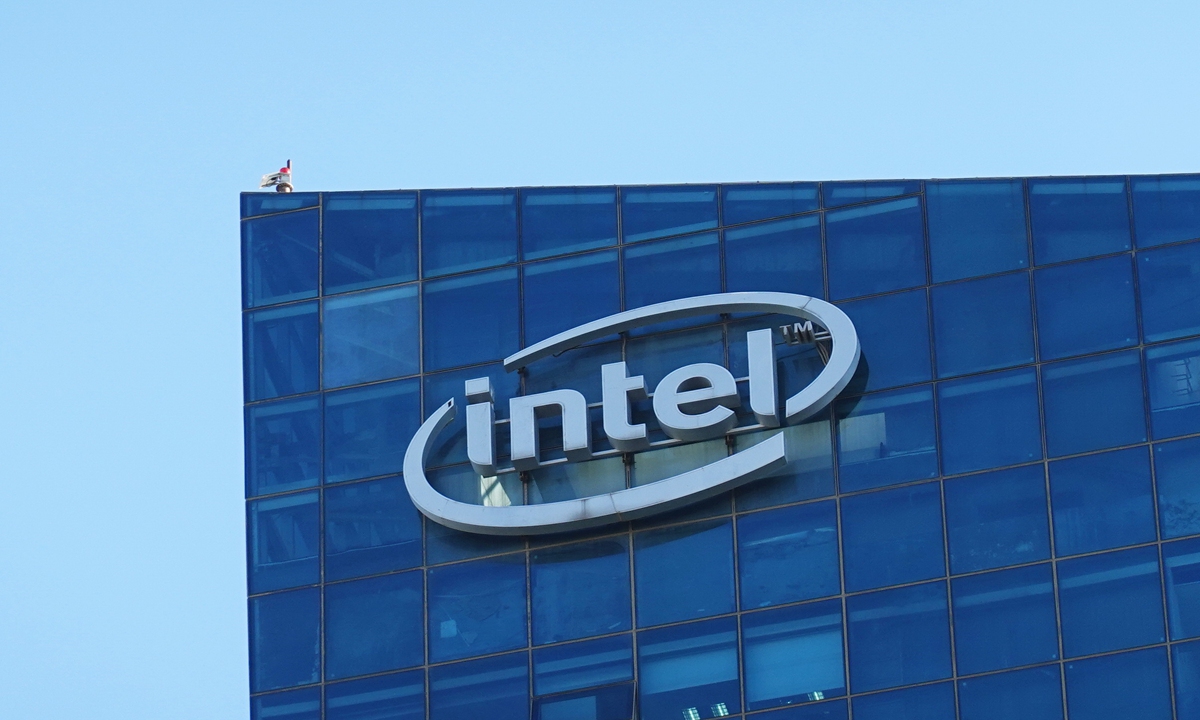Strategic Share Transactions in Market Volatility

The recent announcement of a substantial share transaction by the company marks a notable milestone in its strategic financial maneuvering, one that underscores the delicate balance between growth and risk management in today’s volatile market. The impending sale and buyback of 22.5 million shares at a discount indicative of both market pressures and the necessity for liquidity highlights the complexity of current operations. Such moves are not merely about immediate capital generation but are pivotal in setting the stage for future growth, particularly in capital-intensive sectors like mining.
To contextualize these developments, let's consider the financial implications. Selling shares at HKD 32.55—approximately 7% lower than the last closing price—suggests the company is attempting to navigate a challenging market environment where investors are increasingly cautious. Yet, this decision to offer shares at a discount can be analyzed through the lens of expected net proceeds, projected to accumulate around HKD 722 million post-expenses. This influx of capital is not just aimed at boosting working capital but also directly ties into funding critical initiatives such as research and development in the Solomon Islands, demonstrating a forward-thinking strategy towards sustainable growth amidst market uncertainties.
However, these approaches are laden with implications that merit careful scrutiny. The reliance on underwriting firms like Citibank Securities and Macquarie Capital highlights a level of dependence on external market conditions that could sway the pricing and execution of the deal. What happens if the market reacts unfavorably? The possibility of share price volatility could create unintended consequences for long-term value creation, akin to what was witnessed during the dot-com bubble where rapid capital raising led to significant valuation corrections. Moreover, regulatory compliance emerges as another layer of complexity—each move must adhere to strict listing regulations, a process that can be unpredictable and outcomes of which remain uncertain.
Looking ahead, how will these strategic financial maneuvers translate into shareholder value? While the immediate goal is undoubtedly about raising funds, investors must remain vigilant about the dilution of their ownership stakes and what that means for future earnings per share and ultimately, dividends. It's crucial for stakeholders, from retail investors to institutional financiers, to recognize the dual nature of this undertaking: as a necessary path towards revitalizing the company’s financial foundation while remaining acutely aware of external challenges that could reshape the landscape.
Read These Next

OpenAI's Revenue Surge: Growth and Future Challenges
OpenAI reports significant revenue growth amid relentless demand for computing power, highlighting the need for strategic expansions and partnerships.

White House Confirms US Talks for 10% Intel Stake Amid Trust Concerns
US interest in Intel stake raises trust concerns in global markets, especially China, amid efforts to boost semiconductor competitiveness.

BaiOthay Signs Licensing Deal with STADA for Commercialization
Baibaotai and STADA signed a licensing deal for BAT1806 (Tocilizumab) in Europe, boosting both companies' market positions.
